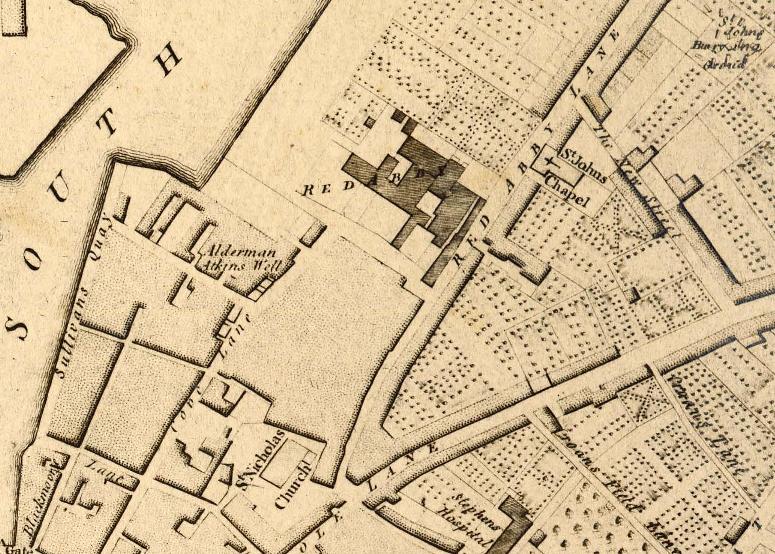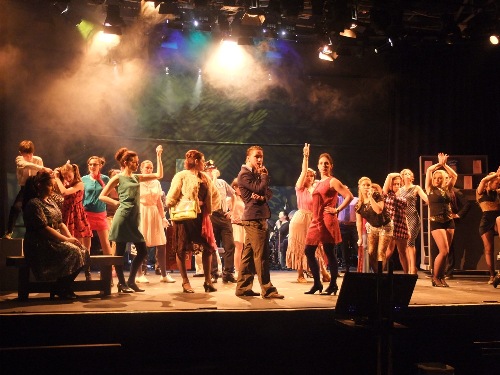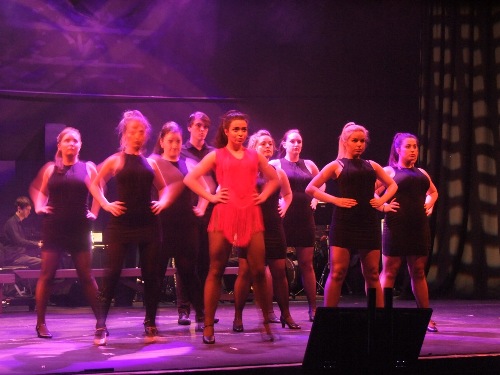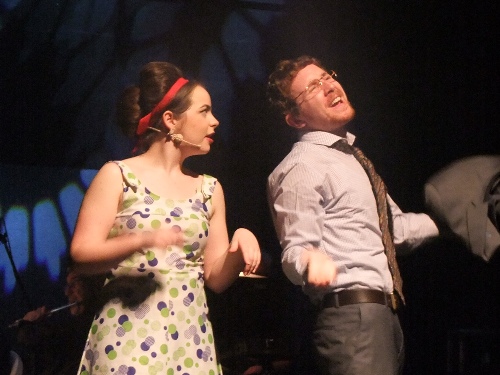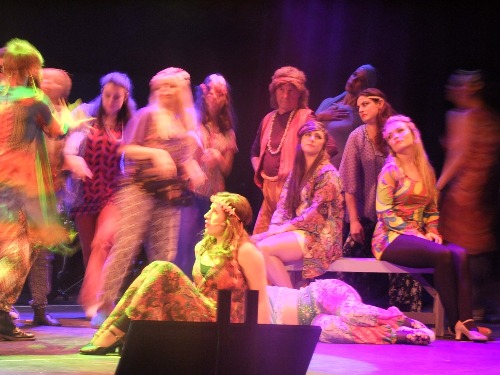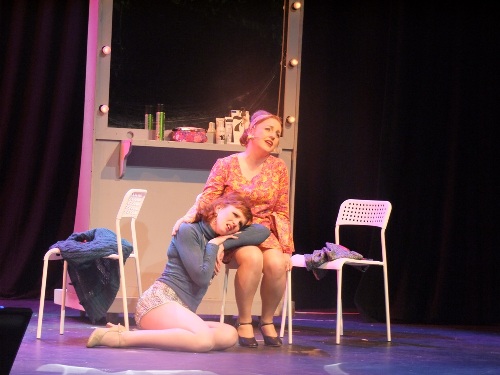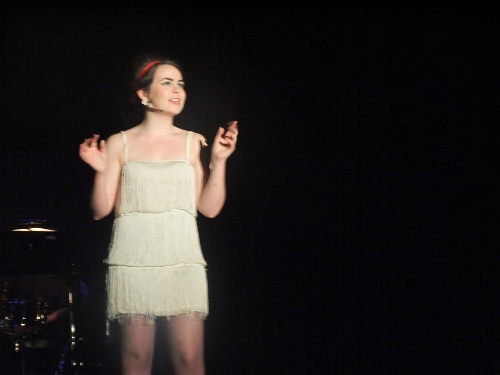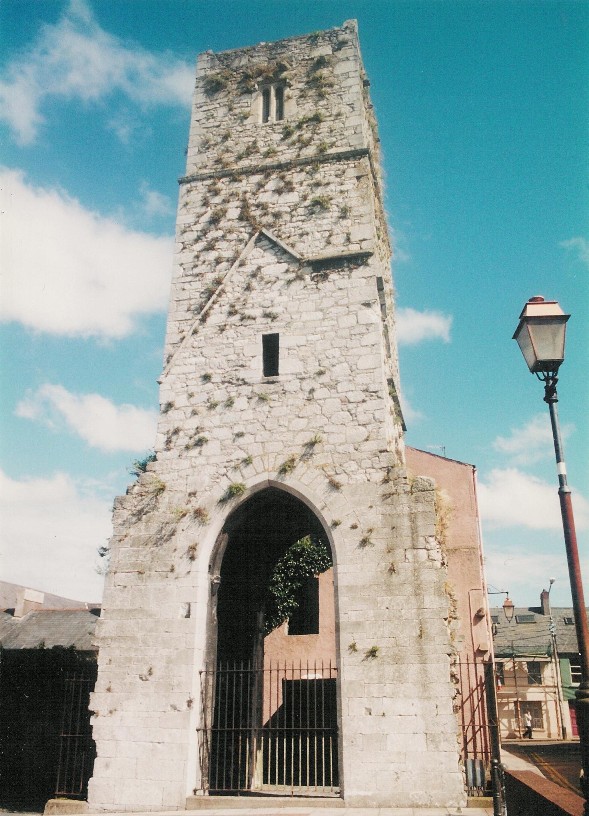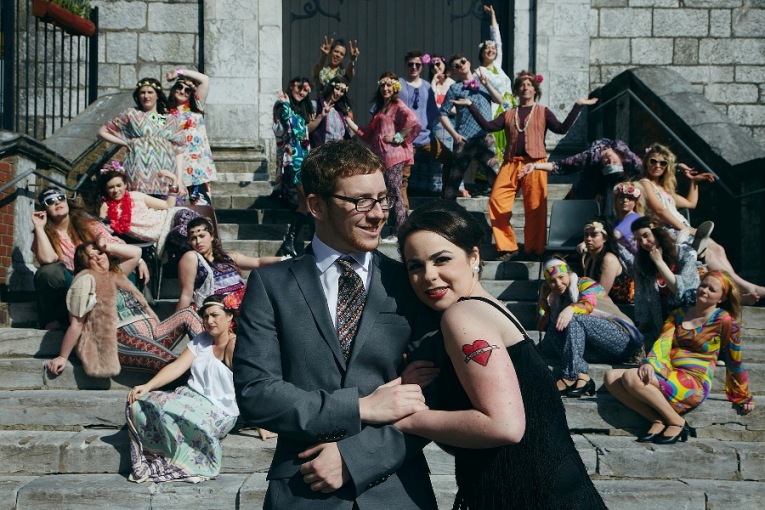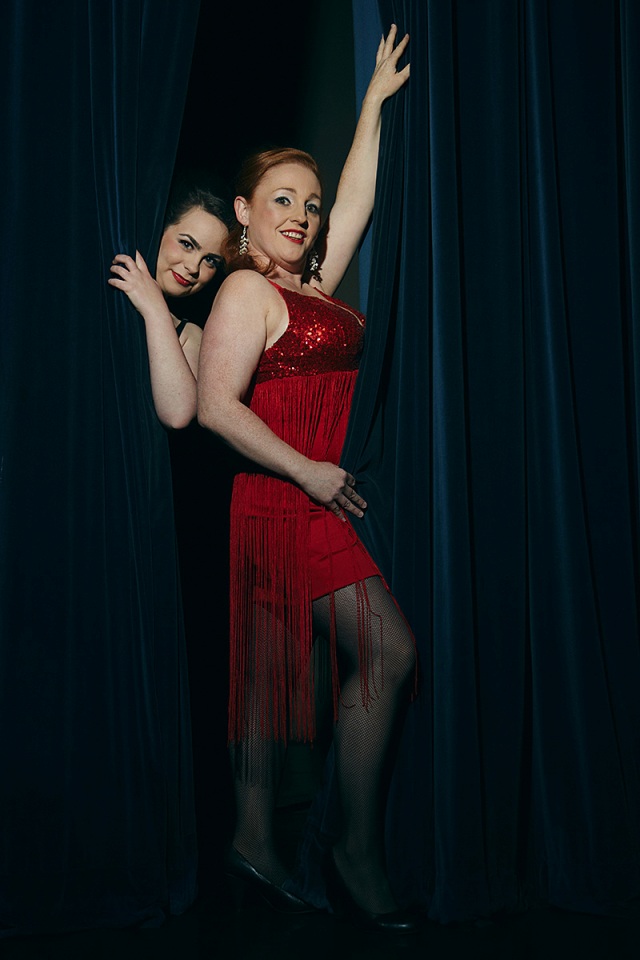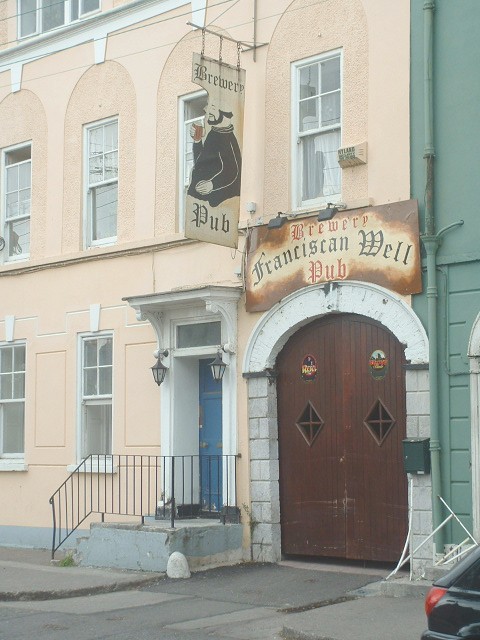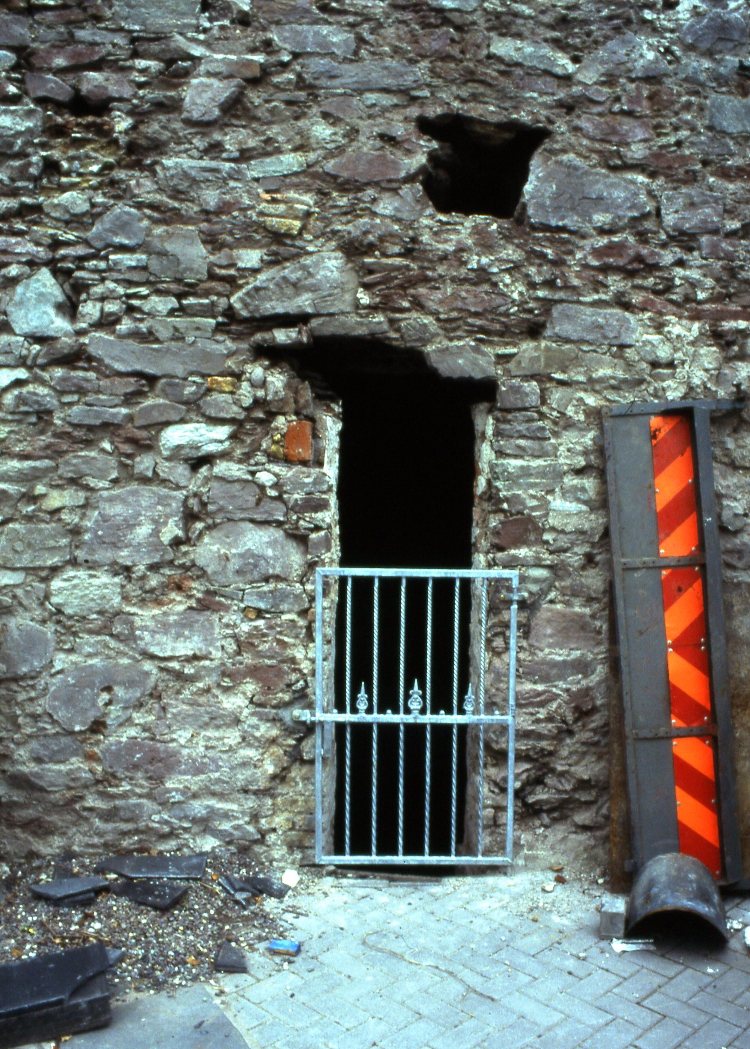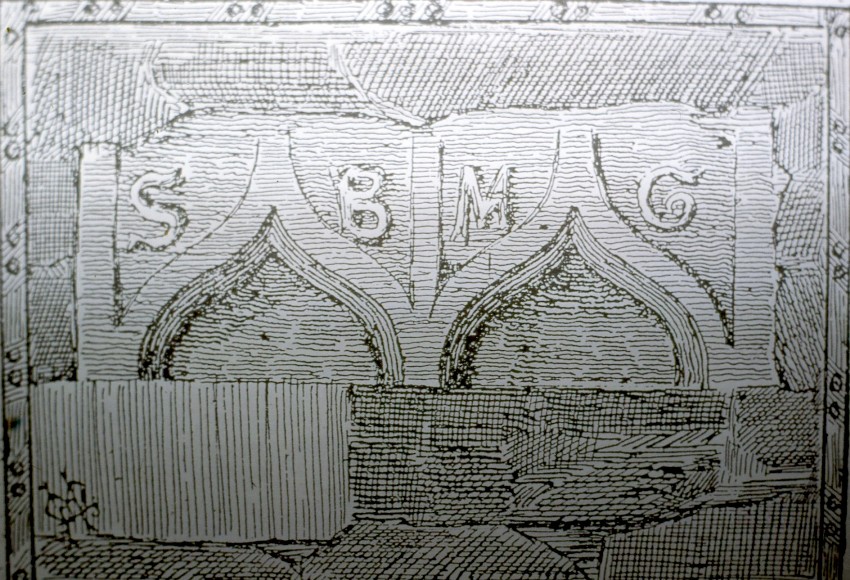Comments by Cllr Kieran McCarthy
12 June 2015
Forever Summer
Lord Mayor, can I add to the congratulations on a successful year and to your focus on building community capacity and topics such as equality and social inclusion.
I met you last week on The Marina, opening the new slip of the Lee Rowing Club.
We are blessed to live in a very beautiful city, especially now as the new leaves are appearing on our trees.
I am always impressed by the city’s blossom trees and As each summer rolls around, those trees in places such as the gorgeous Marina and places such as Pearse Road. The summer offers warmth, which your own personality abounds in and offers as well renewal, re-birth, growth, hope, re-imagination and inspiration. The dark evenings end as the daylight lengthens. It’s hard not to romanticise about the blossoms and their effects on all those who drive and walk the local roads.
They add immensely to the sense of place and identity of this area…their roots spreading into the undulating topography of the city. . It’s as if the blooms want to say ‘remember us’, ‘wonder in us’ be inspired; they are in their own way, part of the city’s cultural DNA, a piece of life, a way of life, the trees are always in flux just like politics and the essence of the chain you hold.
Cork songwriter John Spillane writes of the cherry blossoms “as putting on the most outrageous clothes and they sing and they dance around”.
The Vita Cortex workers in their struggle in 2012 commented on the cherry blossoms on Pearse Road;
“They stand tall like us, magnificent in their beauty. They sway in the wind and bend with it but remain unbroken. They have been there lining the street as long as any of us can remember. For everyone in Ballyphehane they are part of the local landscape and history, The cherry blossom trees on Pearse Road are like sentries guarding the road to the factory; our home, our workplace,
But the trees were no accident in their original planning but part of a wider renewal plan in this area way back in time.
The stories of Turners Cross & Ballyphehane and other suburbs are also one of re-birth, renewal and experimentation, the creation of new architecture and housing – which defined the ethos of making a Modern Ireland – a Chicago architect’s design for a modern church that of Christ the King – and the planning for the future of new communities, building on successful social housing models in Capwell Road, in the Congress Road area and in Gurranbraher, and just like the framed branches of the blossom trees, creating different scenes, ideas framed the idea of what community should be.
A Re-New-ed Republic:
A number of the roads in the area are named in honour of famous people. These included the names of the signatories of 1916, Pearse, Connolly, Kent, Clarke, MacDonagh, McDermott, Plunkett. All of whom we will commemorate next year, which the new Lord Mayor will have to negotiate. The line of the blossom trees exaggerate the boulevard-esqueness of Pearse Road just like the edginess of the 1780s Lord Mayor’s chain. Pearse, the first President of the Irish republic, founded the Gaelic league at an early stage and acquired a fluent Knowledge of Irish. In 1903 he became the editor of An Claoimh Solais, the official organ of the Gaelic League. He wrote many stories and poems in Irish.
The country looks forward to the 1916 commemoration activities, which will ignite renewed interest in the essence of our country, our cultural heritage, our common past, our inheritance and let us aspire to hope, re-birth, re-imagination and inspiration.
Ireland is trying to emerge a very tough economic phase in its evolution. And much effort is being put into rebuilding the economy whereas less effort is being put into rebuilding society
The country, yes, badly an economic plan but so do Irish communities.
Lord Mayor you headed up the passing of our development plan over the last few months, which will go along way in pushing this fair city forward
Our communities need a plan to create a better society, something that is better that what we left during the now mythic Celtic Tiger days. During your year, you and your colourful and energetic Deputy Lord Mayor, Cllr O’Flynn, espoused the need to take responsibility for part of this plan.
Society leaders like yourself are like giant spotlights in the sky; they can and will continue to uphold human values for all to see and replicate, they can send out the message that we do need to care – care about something… to do something purposeful…to move ourselves forward… to hone our personal talents, which we all have or even seek advice.
Today’s Society needs all of those traits in abundance.
Lord Mayor I welcome you back to the benches and thank you for a great year of inspiration.
Go raibh maith agat.
